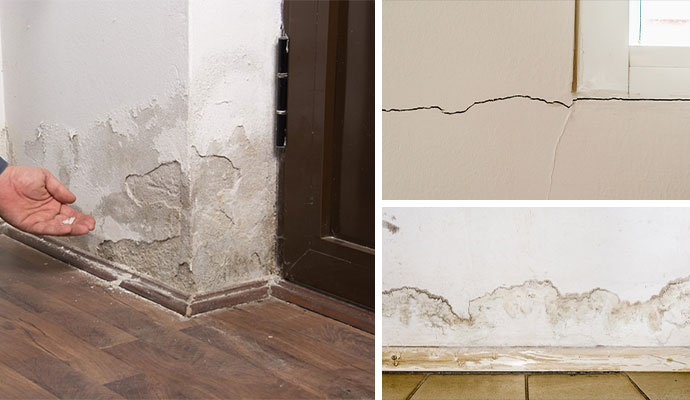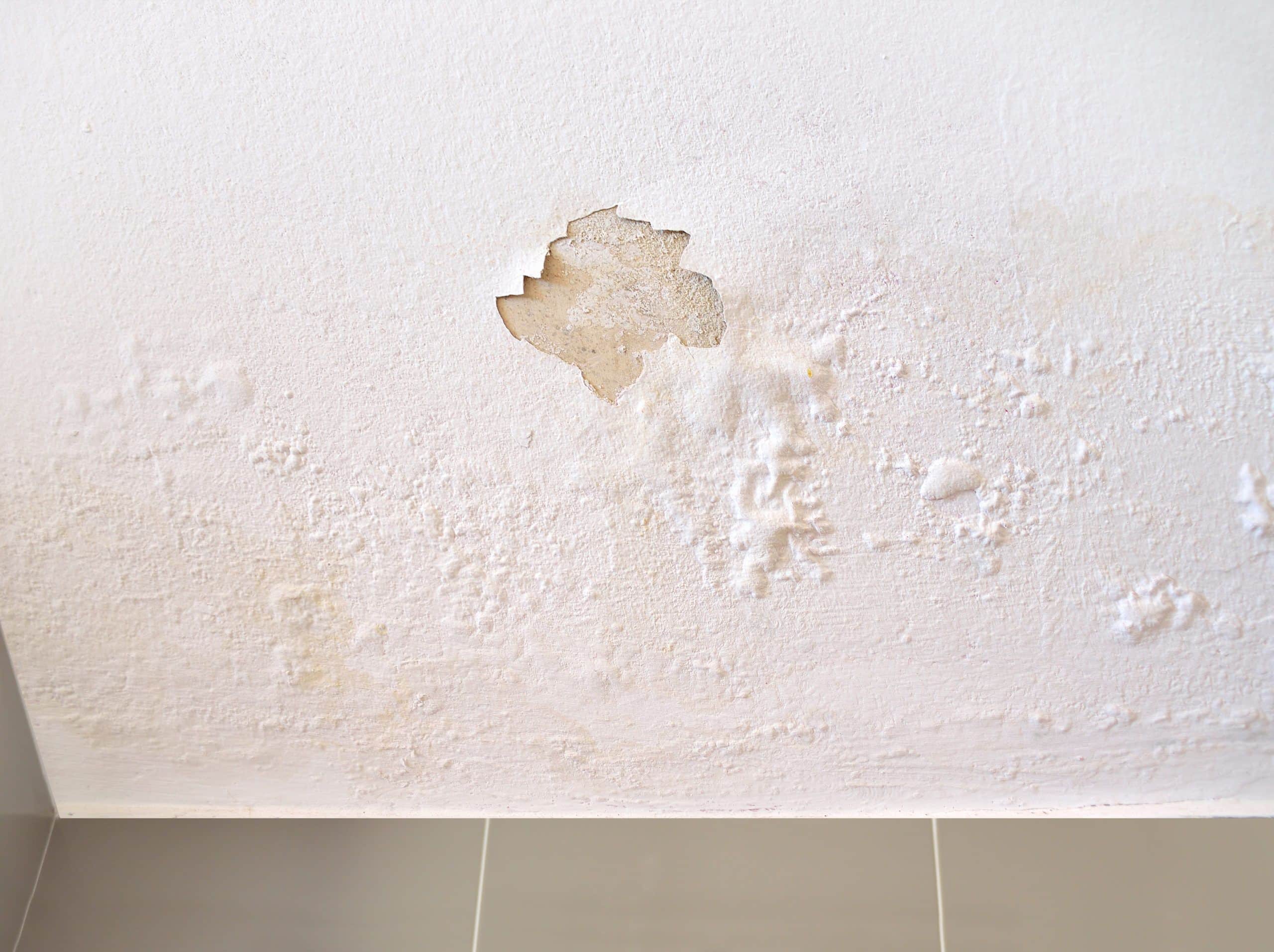We've encountered this great article relating to Water Stains on Walls down the page on the internet and felt it made perfect sense to talk about it with you on this page.

Water discolorations on wall surfaces are not enjoyable to the eyes. Occasionally it appears almost inescapable to experience water stains on walls in houses.
House owners living in damp regions constantly deal with the concern of water discolorations on walls. With well-shaped as well as accurate details on the reasons of water discolorations and prompt repair work processes, you will always be an action ahead of such incidents.
3 Common Sources Of Water Discolorations on Wall Surfaces
Contrary to popular belief, water stains on walls do not always stem from bad structure products. There are numerous reasons for water spots on wall surfaces. These include:
Moist
When warm damp air meets with completely dry cool air, it creates water beads to base on the wall surfaces of buildings. When there is vapor from cooking or showers, this takes place in bathrooms and kitchen areas. The water droplets can tarnish the bordering walls in these parts of your house and also spread to other locations.
Wet or condensation influences the roof and walls of structures. When the wall is damp, it produces an ideal atmosphere for the growth of microorganisms and also fungis.
Poor Drainage
This will protect against water from seeping into the wall surfaces. This web links to too much moisture that you notice on the walls of your building.
The leading cause of wet wall surfaces, in this situation, can be a bad water drainage system. It can additionally be due to poor management of sewer pipelines that run through the structure.
Pipe Leaks
Many houses have a network of water pipelines within the walls. It always raises the stability of such pipelines, as there is little oxygen within the wall surfaces.
Yet, a drawback to this is that water leakage impacts the wall surfaces of the structure and also triggers prevalent damages. An indication of damaged pipes is the appearance of a water tarnish on the wall.
Pro Tip
A houseplant in your home additionally enhances its humidity. So, if the house is already damp, you may wish to present houseplants with marginal transpiration. An instance of suitable houseplants is succulents.
Water Stains on Wall Surface: Repair Service Tips
When dealing with water stains, property owners would generally desire a quick fix. Yet, they would quickly recognize this is detrimental as the water stains reoccur. So, here are a few helpful suggestions that will certainly direct you in the repair work of water spots on wall surfaces:
Verdict
Although no one wishes to have water stains on walls in their residence, it can occur to the best people. This write-up gives you leverage, as you currently know how to manage this accident if it does occur.
It is constantly best to hire specialist services to assist repair the damages in your home.
Occasionally it appears almost unavoidable to experience water spots on walls in residences.
In contrast to preferred idea, water stains on walls do not always stem from poor structure materials. There are numerous causes of water stains on walls. The water droplets can discolor the surrounding walls in these components of your house and spread to other locations.
Right here are a couple of useful pointers that will certainly guide you in the fixing of water spots on wall surfaces:
CHECKING FOR WATER DAMAGE
Water damage can be costly, and it may begin before you even notice the first signs of trouble. Water damage can cause mold and mildew in your walls and floors, which can create an abundance of health concerns for your family. It can also lead to costly repairs of various appliances and general home fixtures. To avoid the pricey consequences of water damage, here are Warner Service’s top 5 places you should check:
The walls – The easiest place to spot the beginnings of water damage is on the walls and ceilings of your home. If water damage is present, there will most likely be water stains, especially around the windows and doorframes, and/or cracks in the drywall. If a stain looks unusual (discolored to brown, black or gray, raised texture), has a swollen appearance or is soft to the touch, contact a professional immediately. The pipes – To avoid water damage, consistently check the pipes in your kitchen (especially the dishwasher and ice maker), bathrooms, laundry room (specifically washing machines) and basement for corrosion, leaks and water stains. Pay special attention to where the pipes connect in your home and the location of caulking around the bathroom fixtures, including toilets, sinks, showers and tubs. Missing or loose caulking and grout could be signs of leaking water. This seepage can also quickly cause mold and rust, so double check your water heater and tank for wet spots on the floor. The floor – Water damage is very easy to spot on the floor. Look for any warping or buckling of the material, especially in the basement. If your home has wood flooring, look for bright white or dark stains. If your home has carpeting, keep it dry and clean. A damp carpet that smells of mold could cause water damage and health problems. To avoid this, consider installing floor pans under your appliances to help prevent damages from small, slow and undetected leaks. The basement and attic – If your basement or attic smells odd check for mold and mildew around the area, especially the valley where the roof meets. While you are inspecting those areas, check for wall cracks, floor stains, rust and dampness in the insulation. If you live in a colder and/or rainier climate, perform routine checks for water damage from melting snow or ice and rain. The exterior – Check the roof for damaged flashing and missing, cracked or curled shingles. There should also be no standing water anywhere outside your home. This could be caused by puddles, leaky rain gutters or hoses, poor drainage, or short gutter spouts. Invest in a sump pump system or water flow monitoring system, and perform routine maintenance on these outdoor appliances to avoid indoor water damage.

We hope you enjoyed reading our article about How to Find and Repair Water Leaking in the Wall. Thank you so much for taking the time to browse our blog post. Liked our content? Please share it. Help someone else discover it. Thanks for your time spent reading it.
Get A Quote